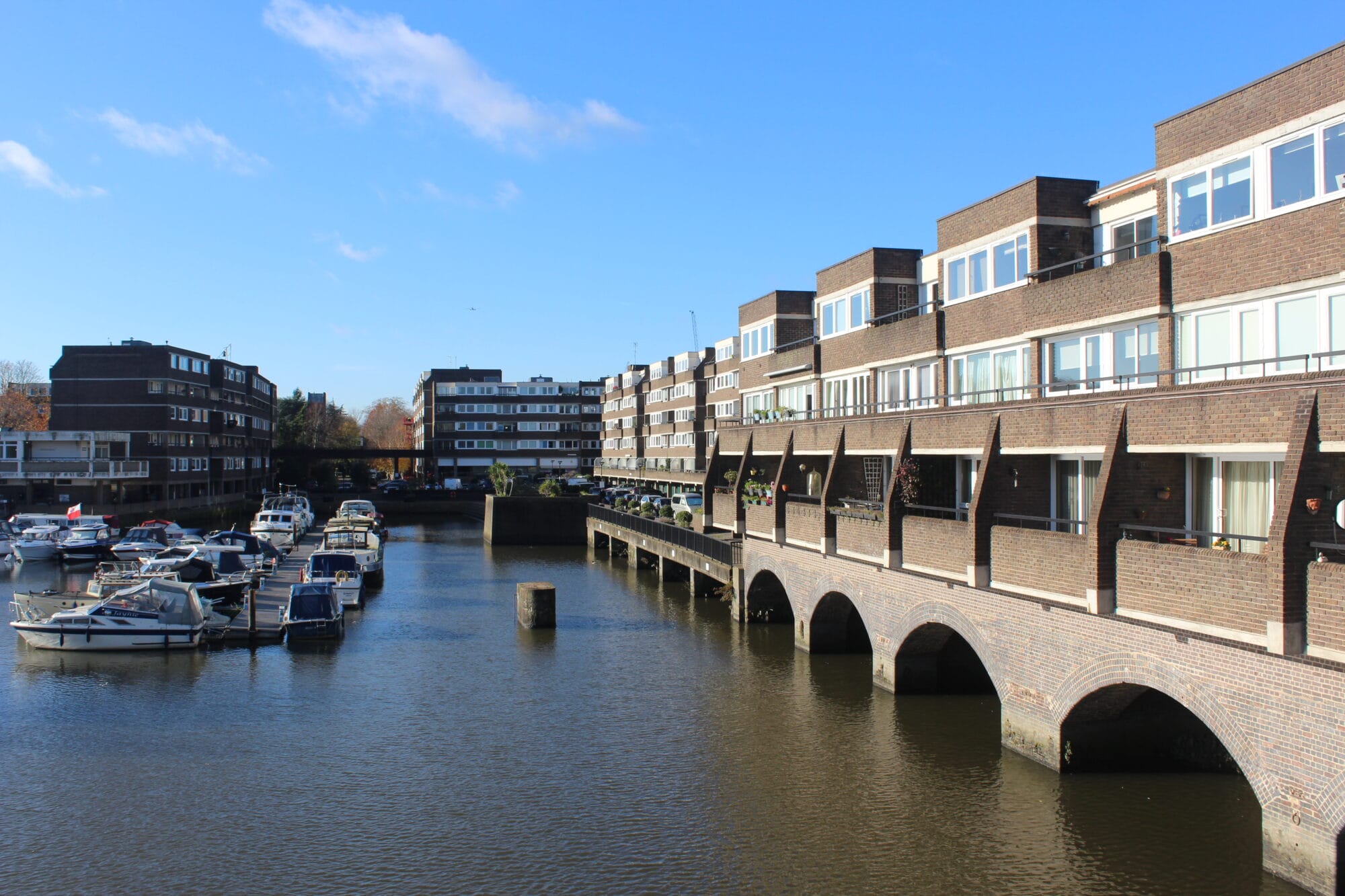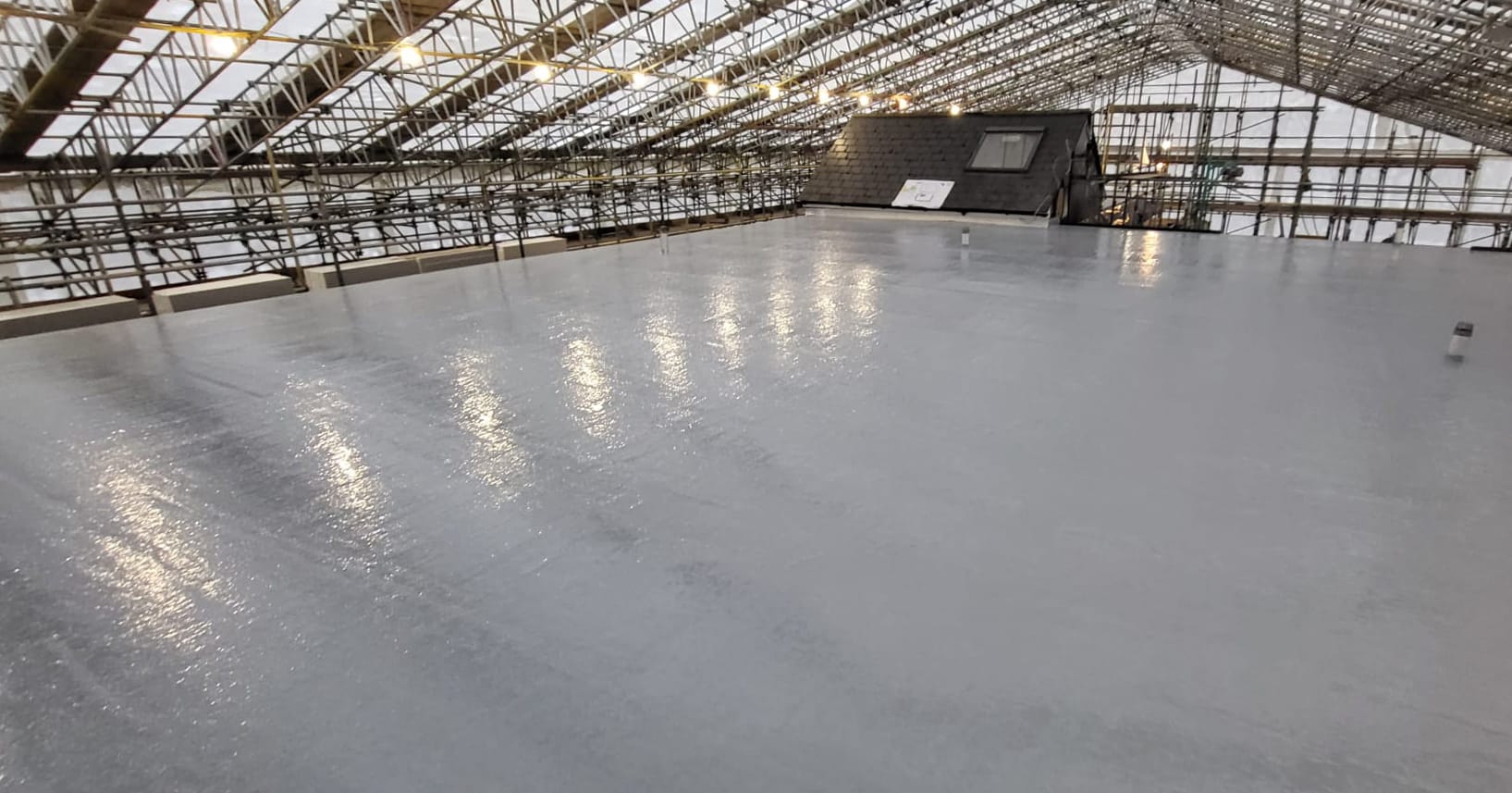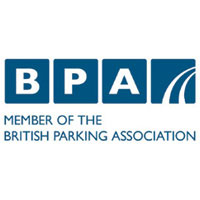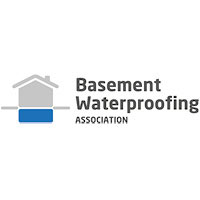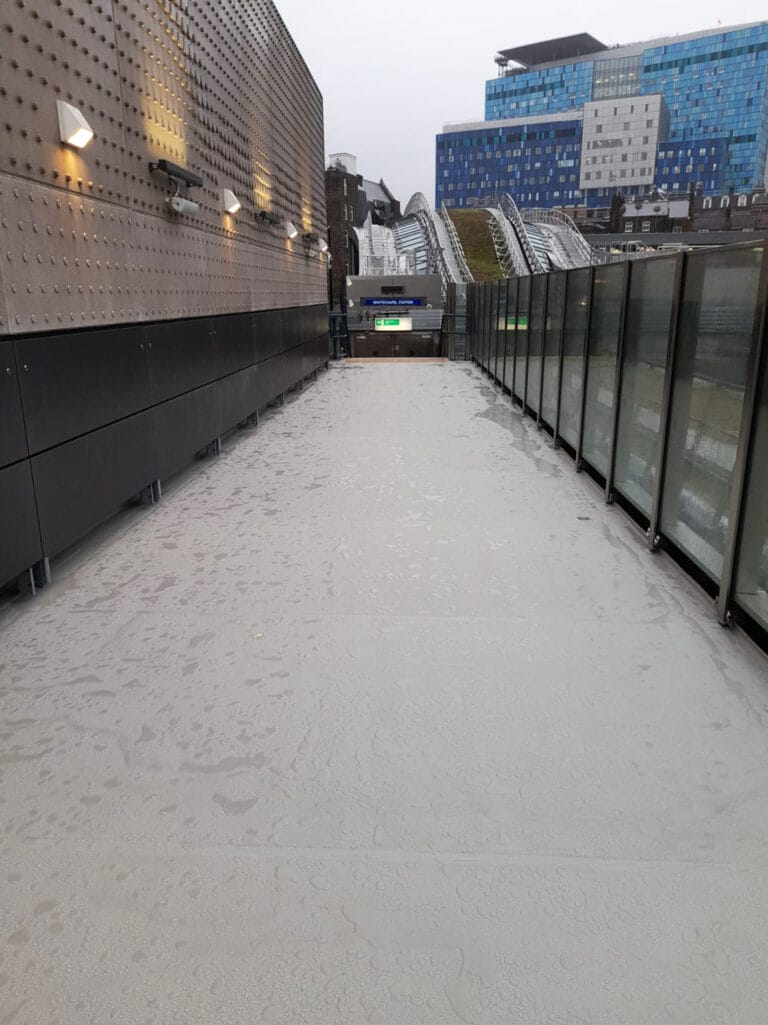
Client: Balfour Beatty
Role: Specialist Sub-Contractor
Scope
- Expansion Joints
- Drainage Gullies Upgrade
- Liquid-Applied Waterproofing
- Slip resistant Wearing Course
- Tactile Paving
Details
-
- Train station fire escape walkways
- >160lm of expansion joints widened & strengthened
>320m2 re-waterproofed using Kemper’s AC Speed Waterproofing System with reinforcement fleece
Slip resistance of 45 in wet conditions and 65 in dry conditions
Whitechapel Train Station, a crucial transportation hub, encountered a critical problem with defects to the fire escape walkways to the east and west sides. Despite two waterproofing attempts, both of which had failed, water started seeping into the concourse and control rooms below, posing serious safety concerns for passengers and staff.
In order to ensure the station’s safety and to maintain uninterrupted functionality, it was imperative to take swift and decisive measures to address and rectify the underlying issue, thus ensuring the safety of personnel and the seamless continuation of operations.
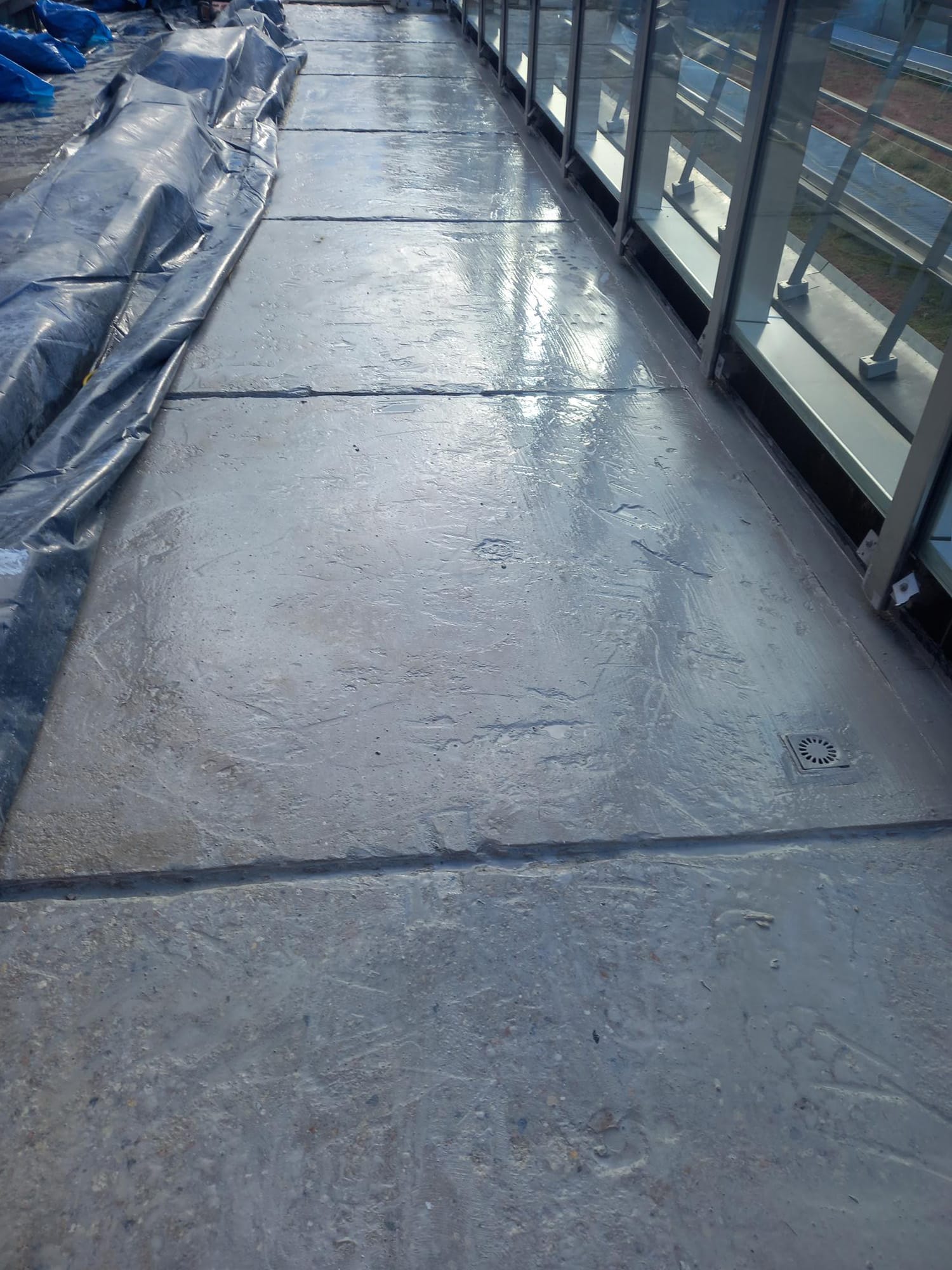
Before: Unsuitable Expansion Joint Size
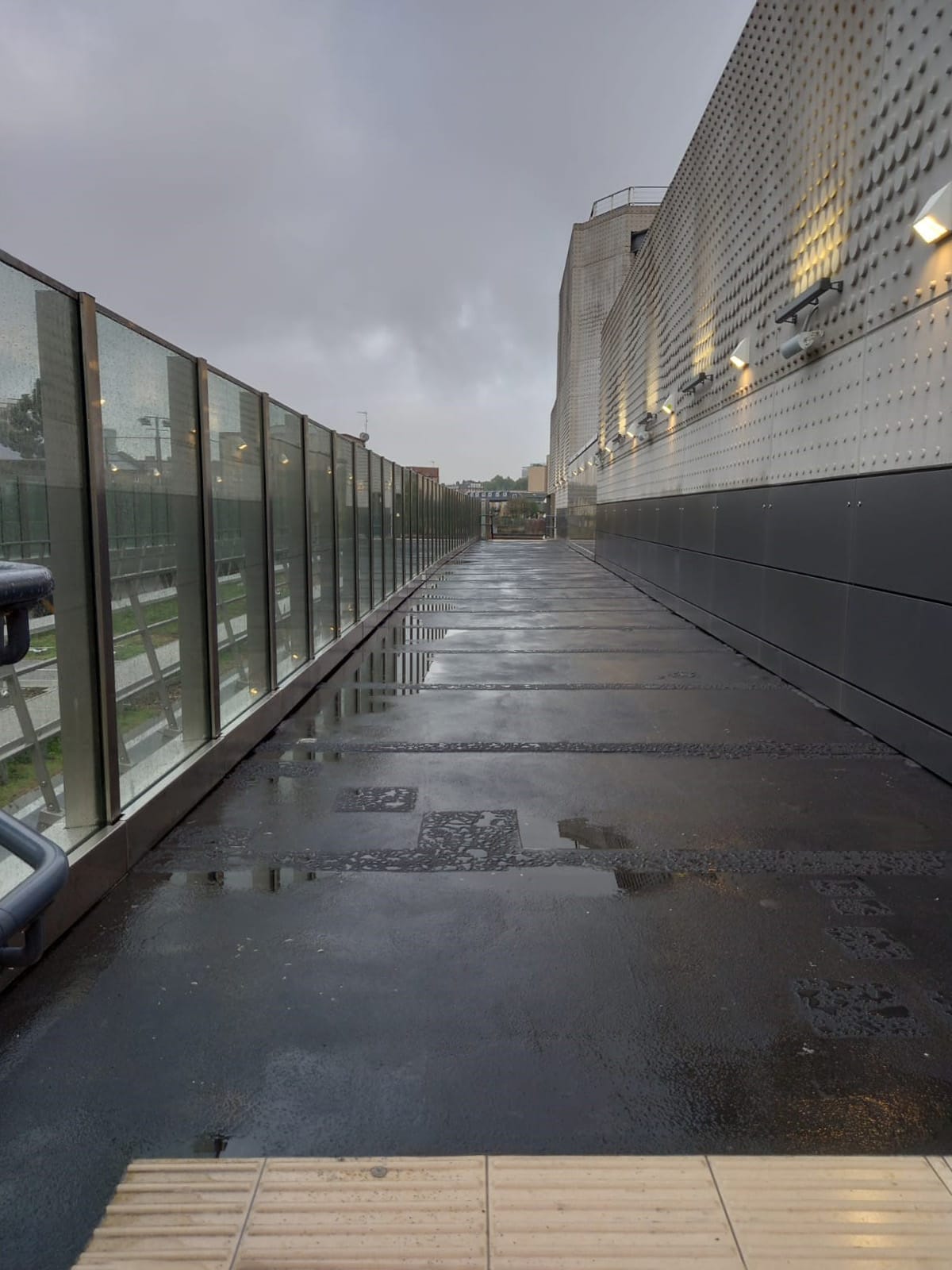
Before: Patch Repairs Previously Undertaken
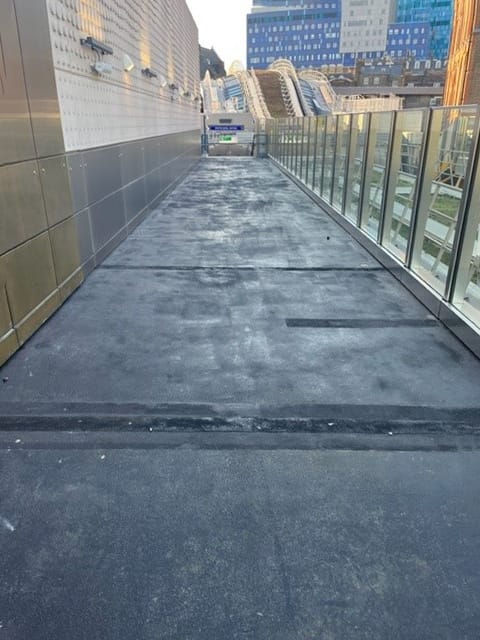
Before: Walkways In Poor Condition
The deficiencies uncovered within the current system necessitated the meticulous removal of the waterproofing membrane down to the foundational substrate using precise planning techniques. This thorough process was deemed essential to address the underlying issues effectively and lay the groundwork for subsequent corrective actions, ensuring the integrity and long-term durability of the structure.
Additionally, the 46 joints between the pre-cast concrete planks, spanning a total length of 161lm, needed to be widened from 10mm to 30mm to allow for the necessary structural movement. In order to fortify the structural integrity and ensure robust reinforcement, a vital step involved the application of cementitious coatings onto the recently widened joints. This process was crucial in providing a resilient protective layer, enhancing durability and therefore bolstering the overall strength of the structure.
A new fabricated metal upstand detail was installed to add extra reinforcement and protection to vulnerable areas. Prior to applying a specialised waterproofing system by Kemper, known as their AC Speed system, all surfaces, including the upstands, were prepared using hand-held tools.
The client opted for this specific waterproofing system due to its renowned reputation for durability and flexibility. Recognising the importance of a resilient solution, the choice was made to ensure long-lasting protection against water infiltration and structural damage.
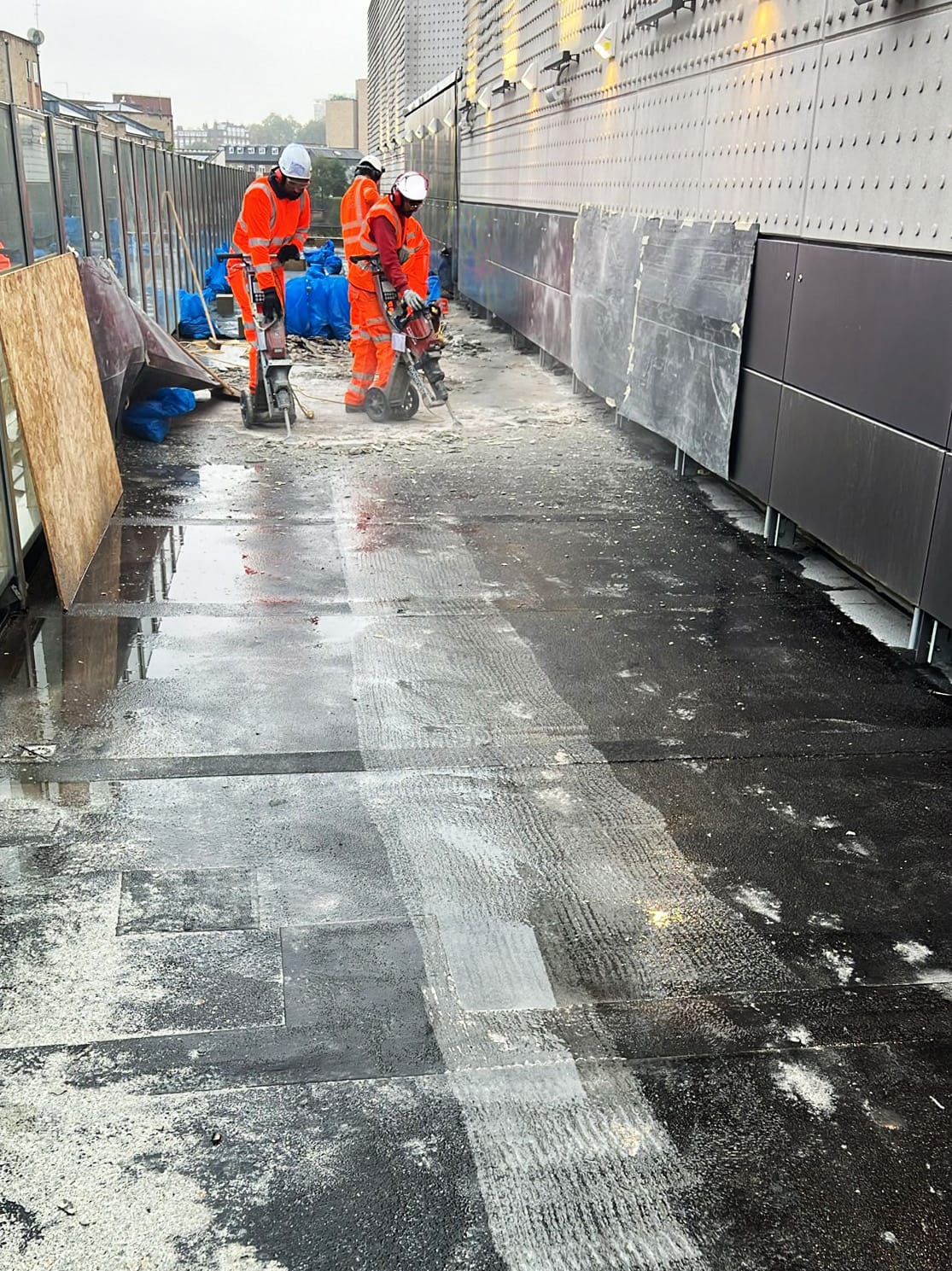
During: Removal Of The Existing Waterproofing System
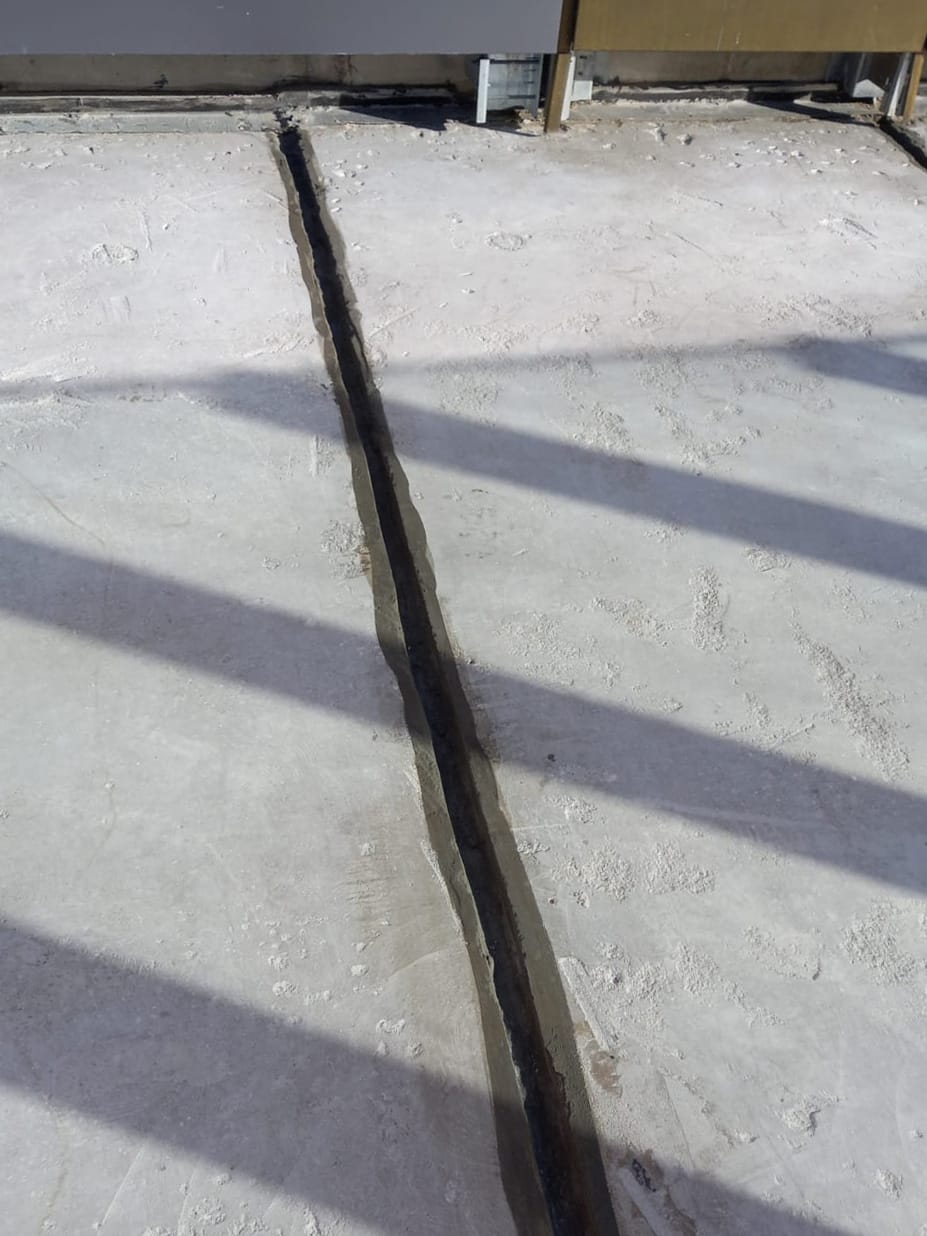
During: Widening Of The Expansion Joints From 10mm To 30mm

During: Application Of New Waterproofing System
The system’s flexibility further appealed to the client’s needs, offering adaptability to various environmental conditions and structural movements, ultimately providing peace of mind and confidence in the longevity of the project.
It considered of two layers of reinforced fleece seamlessly joined together rather than overlapping to provide complete protection and reinforcement while maintaining an aesthetically pleasing appearance. In order to improve safety of passengers and staff on these evacuation routes, the surface was finished with an anti-slip wearing course. This course passed specified slip tests using the Pendulum Test Value, achieving values of 45 in wet conditions and 65 in dry conditions.
Corduroy tiles, along with painted yellow nose treads on the steps, were installed at both ends of the two walkways. This addition was aimed at enhancing the traction and clearly marking safe pathways, thereby ensuring adherence to safety standards and aiding in the creation of clear evacuation routes during emergencies.
As part of our scope of works, a complete upgrade of the drainage gullies was conducted. This enhancement was geared towards optimising the water management systems and proactively mitigating potential water ingress problems in the future.
This comprehensive strategy encompasses meticulous surface preparation, precise joint modification and the implementation of specialised waterproofing techniques. This multifaceted approach is poised to yield enduring performance and provide robust protection against water ingress. By meticulously preparing surfaces, addressing joint vulnerabilities and deploying advanced waterproofing solutions, we aim to establish a resilient barrier against moisture infiltration, ensuring sustained structural integrity and longevity. This proactive methodology not only mitigates immediate risks but also anticipates future challenges, resulting in a durable and reliable defence against water-related damage, ultimately enhancing the longevity and functionality of the structure.
Furthermore, the restoration of the secondary means of escape walkways at Whitechapel Train Station exemplifies the importance of addressing waterproofing challenges with a tailored and thorough approach.

After: Watertight Walkways

After: Walkways Enhanced & Upgraded
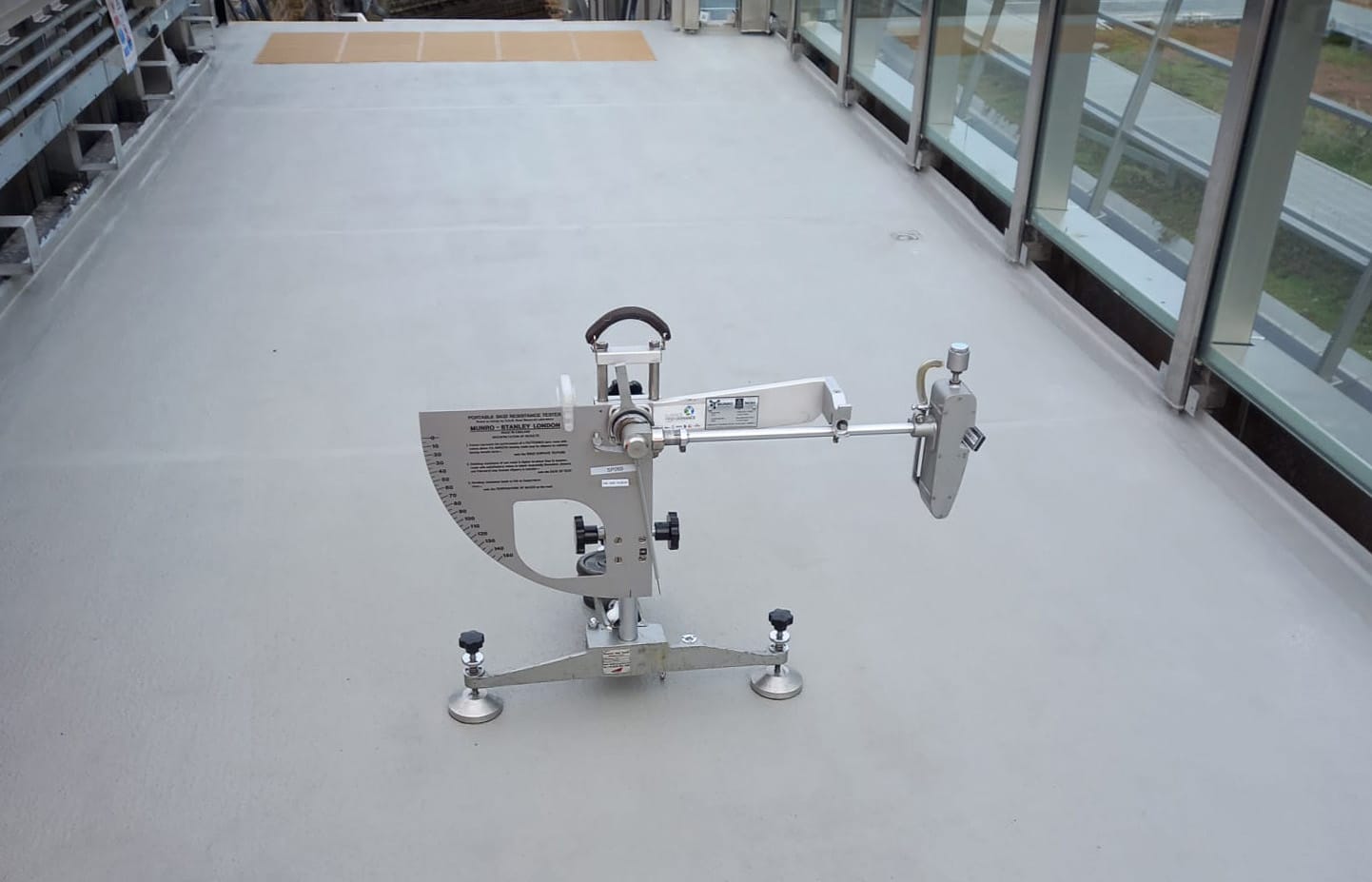
After: Pendulum Test In Progress


